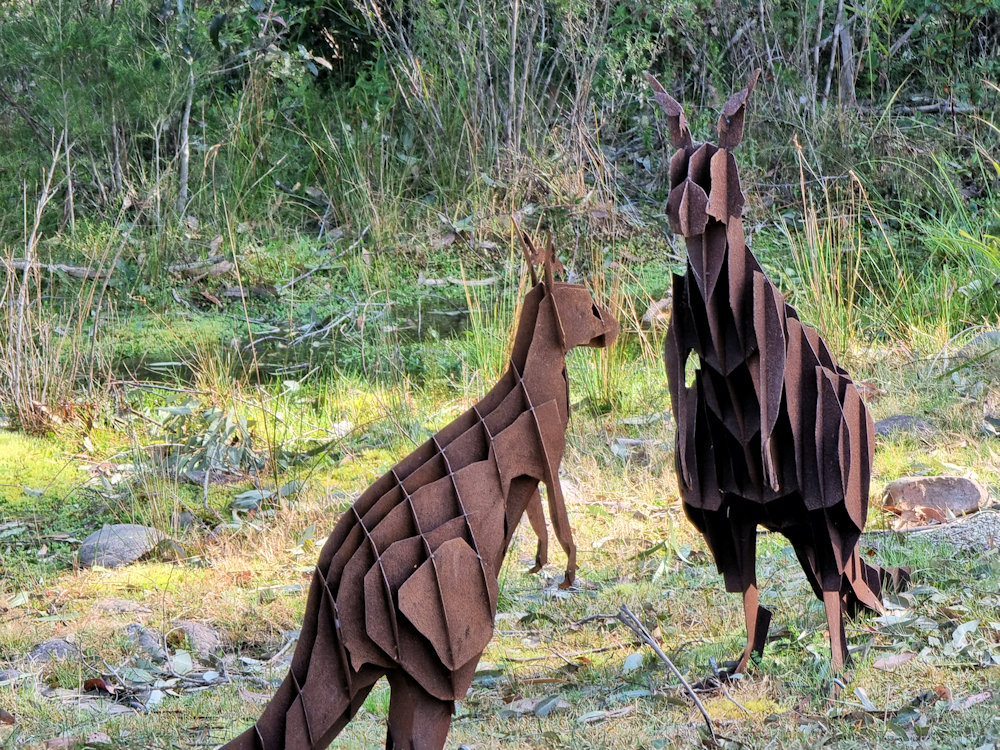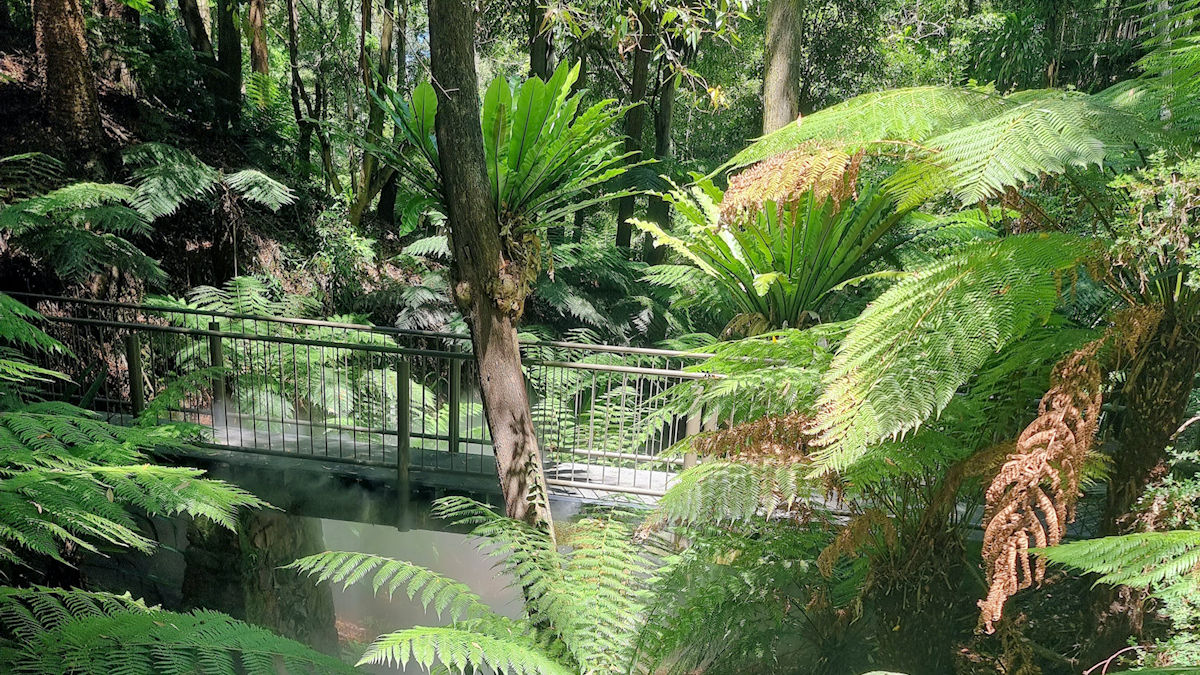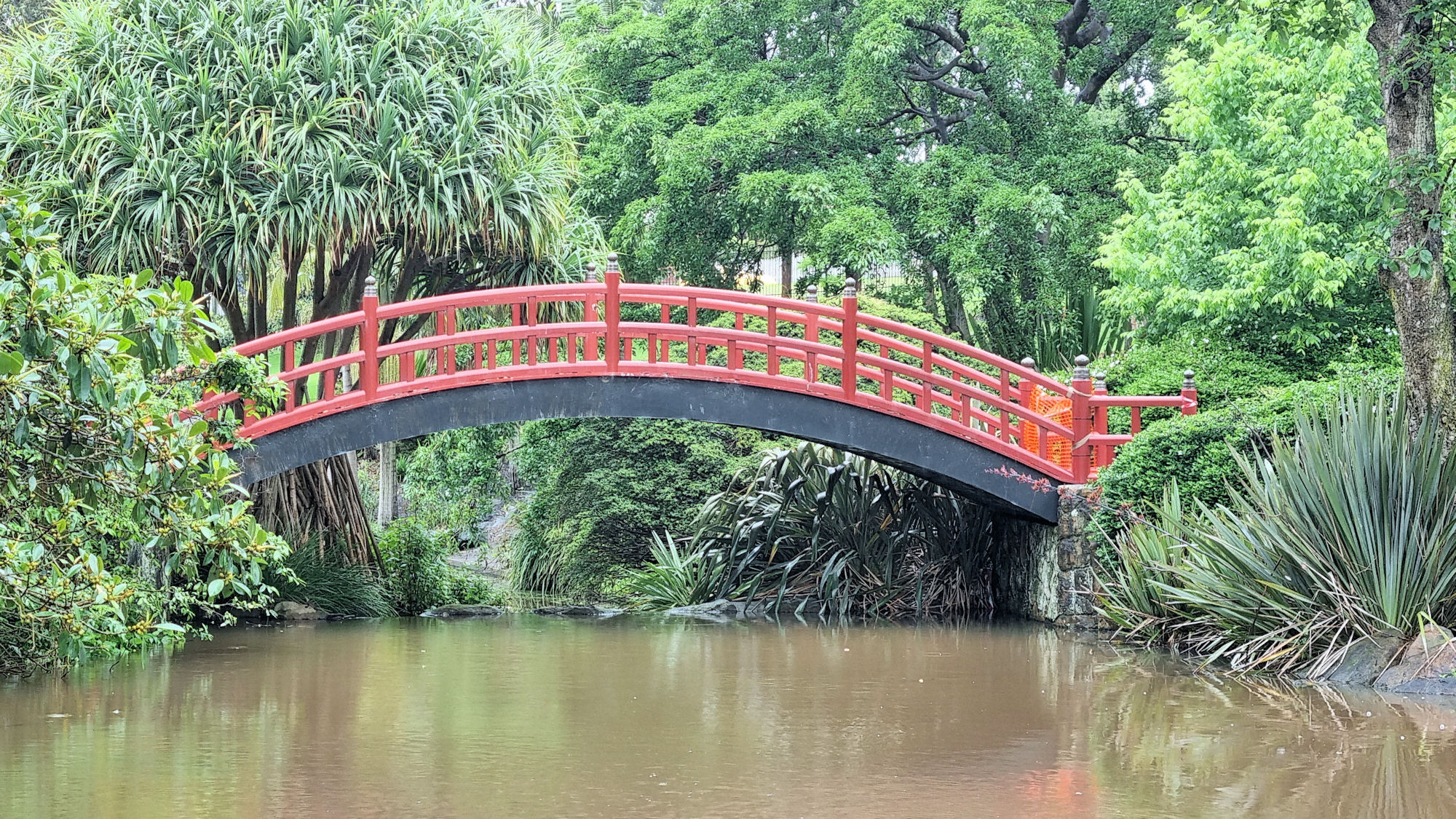Tag: Botanic Garden
-
Eurobodalla Regional Botanic Garden

Eurobodalla Regional Botanic Garden Nestled in the Mogo State Forest adjacent to the Deep Creek Dam, the Eurobodalla Regional Botanic Garden covers a 42-hectare site. Established in 1988 when Forests NSW provided the site to the local council, it has a visitor centre, display gardens and walking tracks. The display gardens cover 10ha of land… Read more
-
Australian National Botanic Garden

Australian National Botanic Garden Covering many of the plant types found in Australia, the Australian National Botanic Garden in Canberra covers 35 hectares. With paths winding through the garden, you are able to experience many of Australia’s habitats in one place. Getting There We drove to the Garden and parked in the carpark there. As… Read more
-
Wollongong Botanic Garden

Wollongong Botanic Garden Located at the foot of Mount Kiera, the Wollongong Botanic Garden is a great place to spend time to relax and unwind. Entry is free and the gardens are open every day except Christmas Day. We parked in one of the dedicated car parks, then spent an hour walking through the different… Read more